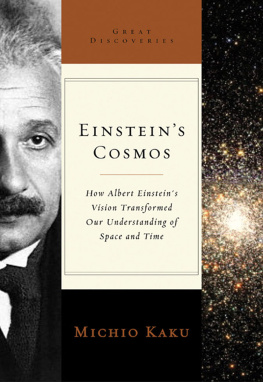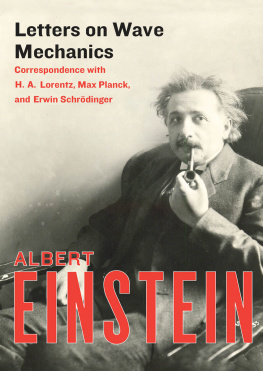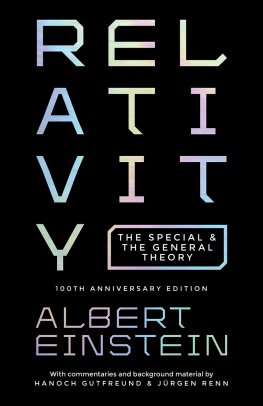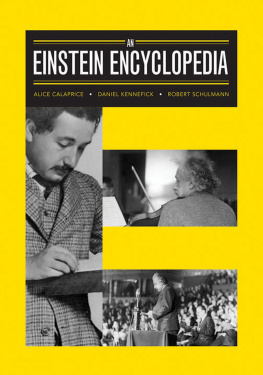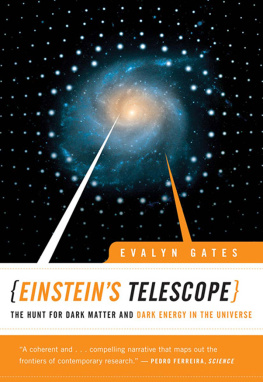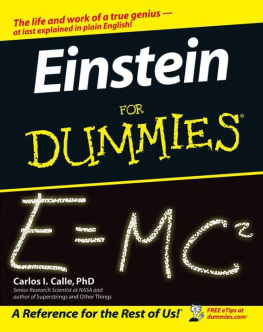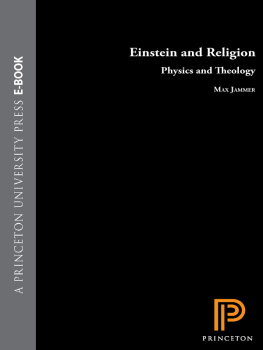A cknowledgments
Special thanks to our children for their patience,
to Dr. Marshall Gilula for love and
support, and to Raven for proofreading.
Appendix A
Glossary

absolute zero the coldest temperature possible, measured at negative 459.69 degrees Fahrenheit.
acoustics the science of the transmission and reflection of sound waves.
albedo a measure of the fraction of light that hits the surface of a planet and is reflected back.
atom a particle of matter, usually consisting of a nucleus surrounded by electrons.
atomic mass unit (amu) the units for expressing the mass of an atom.
atomic weight for an element, the average of the atomic masses of the elements isotopes.
Avogadros number the number of molecules in a gram mole of a particular elemental substance; by definition, this amount is 6.022 10 23.
bar mitzvah a Jewish confirmation and recitation, performed by Jewish children at the culmination of their Hebrew education, around their thirteenth birthday.
black hole an extremely dense point in the space-time continuum, formed when a very large star collapses and compresses into itself.
black body radiation radiation emitted by a black body, a dark-colored object that absorbs almost all of the light that hits it.
blueshift when light comes from an object that is traveling toward the observer, such that the light waves appear to be shifted toward shorter (blue) wavelengths.
Bose-Einstein condensate a state of matter where, at a very low temperature, the quantum and mechanical properties of atoms become equal.
boson particles that obey Bose-Einstein statistics; have a zero spin.
Brownian motion a type of movement observed by Robert Brown, where tiny particles are seen in constant motion.
categorical imperative an idea espoused by Immanuel Kant which meant that morality depended on one single command; morality was absolute.
chain reaction in physics, a technique whereby the end products from one reaction become the reactants in another reaction.
changing electromagnetic field a type of electromagnetic field that takes on a wave motion as it propagates. Radio waves, gamma rays, X rays, and microwaves are all examples of changing electromagnetic fields.
communism a political system that supports the idea of everyone being equal, to the point where there is no private ownership.
congruent the state somethings in when it agrees with its surroundings.
Conservative Judaism A branch of Judaism that is not as rigorous as Orthodox Judaism; followers do not obey all Jewish rituals, but generally attend weekly services.
cosmological constant an extra term Albert Einstein added to his equations of general relativity in order to make the universe appear to be static and unexpanding.
cosmological principle the idea that the universe is homogeneous and isotropic on the largest scales.
cosmology the study of the nature of the universe.
de Broglie wavelength wavelength defined by a particles motion using the equation =h/p where is wavelength, h is Plancks constant, and p is relative momentum.
democracy a political system where the nation involved is ruled by its citizens.
diffusion the movement of molecules from areas of higher density to lesser density.
Doppler effect the idea that, to a stationary observer, waves appear to change in frequency (or wavelength) if they are emitted by something moving.
Einstein ring an image that results when an observer and a gravitational lens are perfectly aligned.
Einstein cross an image that results when the alignment between an observer and a gravitational lens is imperfect; can form multiple images.
einsteinium an element on the periodic table, named after Einstein, that was discovered as a byproduct of the hydrogen bomb explosion.
electromagnetism the theory of how electricity relates to magnetism.
electromagnetic field the field generated by the acceleration of charged particles.
electromagnetic radiation radiation that is propagated at the speed of light; includes such types as X rays, ultraviolet radiation, radar waves, and radio waves.
electromagnetic spectrum the full range of frequencies of electromagnetic radiation.
electron a negatively charged particle that partially comprises an atom.
element a single, indivisible chemical substance.
energy in physics, the ability to do work.
entropy a measure of the degree of order, or disorder, in a system.
ether an undetectable medium that nineteenth-century scientists proposed that light could travel through.
evolution the theory, developed by Charles Darwin, that all species of plants and animals have developed and changed over time.
fermions particles that obey Fermi-Drac statistics; have a positive spin.
field in physics, anything thats acting under the influence of a force, like gravity.
force an action that causes a mass to accelerate; generally measured in Newtons law of universal gravitation.
frame-dragging also called the Lense-Thirring effect; the idea that as a small object rotates around a larger one in space, the orbit of the small body is changed slightly by the rotation itself.
frequency the number of waves or other oscillations per time, measured in waves per second (called hertz).
friction a force that provides resistance to motion when two surfaces move over each other.
galaxy a group of dust, stars, and gas that obeys the laws of gravity and has a higher-than-average distribution of mass.
genius someone who possesses extraordinary intellect or capability, especially as shown through creative activity.
gravitational force the force exerted by gravity.
gauge symmetry a branch of symmetry theory which shows that the so-called strong force, or electromagnetic force, consist of photons, where the weak force consisted of particles called bosons.
general relativity also called Einsteins law of gravitation; an extension of the theory of special relativity that includes gravitational effects.
gravitational lens the focusing effect that a large object or cluster has on light, often causing it to bend; the resulting image can be distorted or magnified when seen by an observer, depending on where the observer is positioned.
gravitational potential energy energy stored by a gravitational field; also known as the potential energy due to gravity.
gravity one of the fundamental forces of physics; gravitational attraction is responsible for the attraction of bodies on the surface of a planet to the mass of the planet.
gyroscope a device consisting of a wheel mounted to a rotating disk, thats also free to rotate around other axes; the axel keeps the device spinning in a constant direction once it is set into motion.








